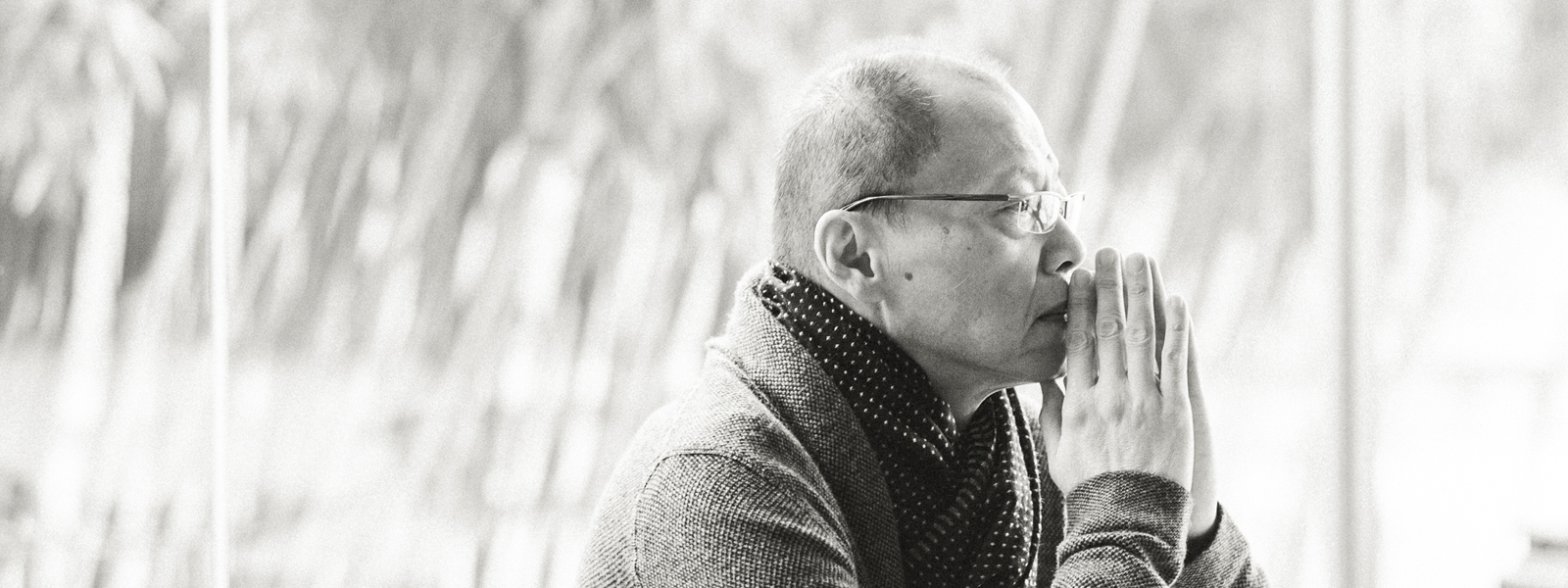
文/張毅
藝術家不是孤島,不可能孤獨地存在。
藝術創新,需要土壤的培育和滋養,對於藝術創作的尊重和鑒賞力,尤其不可或缺,玻璃藝術家面對的外界環境,尤其嚴苛的,因為玻璃藝術的創作,除了創意,更重要的是,技法,一般而言,技法來自產業。
檢視世界所有玻璃藝術蓬勃發展的國家,都有強大豐沛的產業傳統,捷克,義大利,甚至英國,莫不是如此。波希米亞玻璃產業發展了捷克玻璃藝術,1980-1990年代,捷克的布拉格工藝美術學院(Prague Academy of Art,Architecture and Design),在勒班斯基夫婦(Stanislav Libenský and Jaroslava Brychtová)的領導下,曾經把捷克玻璃藝術帶到一個歷史性的輝煌。
然而,玻璃産業在今天全球的環保意識,玻璃産業的高耗能,高人力有一個成本等等問題,逐漸不再是主流,玻璃藝術創作,没有産業的支持,難免失去昔日的風光,捷克如此,義大利亦如此。
那麼,支持玻璃藝術創作的新土壤是什麼?
2018年,英國官方宣稱,包括數位創意產業(DCMS,DIGITAL,CULTURE,MEDIA,SPORTS)的產值,為英國經濟貢獻了3253億美金,作為世界上最早推動文化創意產業的國家,從莎士比亞到今天的J.K.羅琳,創意,明顯的成為這個國家文化藝術的DNA。
英國玻璃藝術,在產業環境逐漸淡出之後,除了深植在號稱是世界從事文化創意工作人口密度最高(英國人口十個人當中,就有一個人從事文創產業)的社會氣氛之外,也在完整的英國學院教育系統中,包括世界舉足輕重的皇家藝術學院(Royal college),斯托布里奇藝術學院(Stourbridge College),伍爾弗漢普頓大學(Wolverhampton university) 以及各個大學機構,培育了一代又一代的設計創意思考系統。
英國玻璃藝術,從此在世界玻璃藝術中,在創作的原創性,在風格的多樣性,獨樹一格地立下一個強大的創作基礎。
這個寶貴的展覧,最大的特色是:我們看到的不是一個個體藝術家創作的「點」,而是一個強大的文創國家展示的玻璃藝術的「面」。我們的看法是:個人的「點」,也許有特殊的亮眼,但是不一定是不斷的系統性的創新,但是,「面」的創作,是長久的,持續的。
尤其,當創作的基礎,是深入玻璃技法的全面性知識的系統研究和教育,更是英國玻璃藝術創作的一個獨特的力量。世界玻璃藝術的發展,普及所有國家,但是,六十年代,基斯.卡明斯(Keith Cummings)就選擇了鑄造玻璃的歴史考證,和技法的實證研究,八十年代編寫出版了世界玻璃史上,兩本空前的經典著作,在玻璃藝術創作的影響,迄今為止,無人超越。
三十三年,琉璃工房對於引介世界重要的玻璃藝術創作到亞洲來,邀請世界重要玻璃藝術家親自到亞洲來交流,是琉璃工房歡喜甘願的工作,因為我們深信文化交流,是這塊土地欠缺的。我們必須知道這個世界,了解這個世界,同時,我們也必須要這個世界知道我們,了解我們。
今天,柯林.雷德(Colin Reid)親自帶領著這麼多位英國玻璃藝術家到臺灣來,對我和恵姍而言;是感慨係之的事,因為,1995年,琉璃工房舉辦了臺灣第一次世界琉璃藝術大展,就已經展出Colin Reid的作品,那是第一次在臺灣展出,也是第一次在臺灣被收藏的英國玻璃藝術家作品,時隔二十四年,Colin已經是一個作品多樣,影響眾多的英國年輕一代的玻璃藝術家的領導者人物,而張毅和惠姍仍然在為了臺灣文化的國際交流,面對一個一個的障礙,不遺餘力。
我們當然能夠看見英國玻璃的輝煌一面, 但是,我們是不是也能展示臺灣玻璃藝術相對的體面的發展?我們暫時只有問題,還沒有答案。
Innovation
is in the DNA of British glass art
An artist is not an isolated island and can not exist as such.
Innovation in art needs to be nurtured and cultivated from the ground up.Respect and sensibility for artistic creation is compulsory.
Not only must a glass artist face creative challenges, they must face the challenges of a technique born from industry. Take a look at the countries with a robust glass art culture, Czech Republic, Italy, even England, and recognize that they all have a corresponding history in industrial glass manufacturing.
Bohemia crystal glass developed into Czech glass art. In the 80s and 90s, under the guidance of Stanislav Libenský and Jaroslava Brychtová, the Prague Academy of Art, Architecture and Design ushered Czech glass art into a historical golden age.
Yet as the world turns to environmentalism, traditional glass manufacturing with its high energy consumption, workforce and operating cost, reads like an outdated model. Without the backing of an industry, glass art loses some of its sheen – take the wane of Czech and Italian glass for example. If not an industry, what will nurture innovation in glass art?
In 2018 UK officials announced that the Department of Digital, Culture, Media and Sport (DCMS) brought in $325.3 billion for the economy. The UK’s advocacy for culture and creative industries is unparalleled. From William Shakespeare to J.K. Rowling, culture and art runs in the nation’s DNA; the creative industry accounts for 1 in every 10 jobs across the UK. Therefore when the glass industry began to decline, the Royal College of Art, Stourbridge College, Wolverhampton University and other major institutions came together to bolster glass education and cultivate future innovators.
In both innovation and style, British glass art is unshakable.
This exhibition is important as it focuses not on each artist’s individual achievements but on the artists as a national collective. Each individual’s contributions are undeniable but as a collective, they represent an unstoppable force of innovation, heritage and legacy.
The foundation of glass art in the UK lies in the comprehensive understanding of the material and technique from experimentation to education – that is its unique strength. The development of glass art is global but it was England’s own Keith Cummings, an artist and educator, who in the 60s, revolutionized contemporary glass art with his foray into kiln-casting and in the 80s, published two seminal manuals on the subject. These titles remain classics to this day.
For thirty-three years, Liuligongfang has maintained the importance of introducing a global perspective of glass art to Asia. We have done so through exhibitions and appearances by the artists themselves. We believe in cultural exchange. We believe that for others to understand us, we must first take the time to understand them. Today, Colin Reid brings to Taiwan an esteemed group of England’s top glass artists. This is a full-circle moment. In 1995 Liuligongfang held Taiwan’s first international glass art exhibition – Colin Reid was among those artists. It was his first time showing in Taiwan and our first acquisition of a British glass artist. Twenty-four years later, Colin returns to Taiwan as an artist with a realized vision whose work has influenced upcoming generations of glass artists.
Let us observe the glory of British glass and take the time to recognize the development of glass art in Taiwan.



